11 Wonderful Benefits Of Rice Milk Soap For Your Skin
Pamper your skin with this nourishing formulation to get that soft, smooth glow!

Image: Midjourney/ StyleCraze Design Team
While you might be having rice every day as your staple food, chances are you may not have come across rice milk soap benefits as yet! Yes you got that right! Asian folklore stories have many mentions of rice and its derivatives in beauty-enhancing practices and rituals! Soaps formulated with rice milk as the main ingredient help cleanse and exfoliate your skin giving it a nice soft glow! Thanks to Korean and Japanese cosmetic industries, rice has become a common name in beauty products all over the world. Be it rice bran oil, rice extracts, rice starch, or nourishing rice milk, these ingredients help detox and nourish your skin with vitamins and skin-friendly ingredients (1), (2), (3). To know more about the rice milk soap benefits, continue reading!
 Know Your Ingredient: Rice Milk
Know Your Ingredient: Rice MilkWhat Is It?
A milky, white, non-dairy soap extracted from a mixture of ground boiled rice and distilled water.
What Are Its Benefits?
It helps even skin tone, moisturizes the skin, and manages sebum production.
Who Can Use It?
Anyone can use it for gentle cleansing, especially people with sensitive skin.
How Often?
You can wash your skin with this soap daily.
Caution
None.
In This Article
How To Prepare Rice Milk Soap
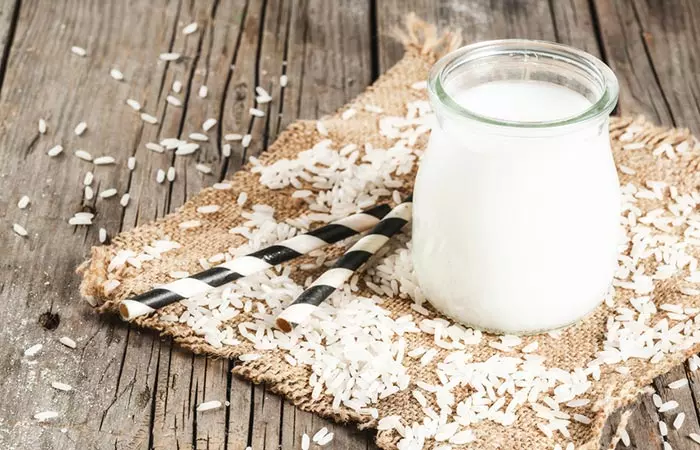
Before we move on to the recipe for this vegan soap, here is how you can prepare rice milk at home:
- Wash and soak a cup of organic white or brown rice for half an hour.
- Boil the rice until the grains soften.
- Blend the softened rice grains. Add a tablespoon of distilledi A process in which a liquid is first heated and then condensed to remove impurities and sediments from it. water to get a runny consistency.
- Strain the liquid to get the rice milk.
It is better to prepare rice milk a day before preparing the soap
. You may store the rice milk in the freezer. Now, let’s check out the easy and organic soap recipe.
 Quick Tip
Quick TipKey Takeaways
- When used frequently, rice milk has a lightening effect on the skin that may balance out uneven skin tones.
- It seals in moisture and reduces excess oil secretion.
- Rice milk, when combined with honey, can leave your skin soft, smooth, and supple.
- If you use rice milk on a regular basis, it can lighten dark lips.
DIY Rice Milk Soap Recipe
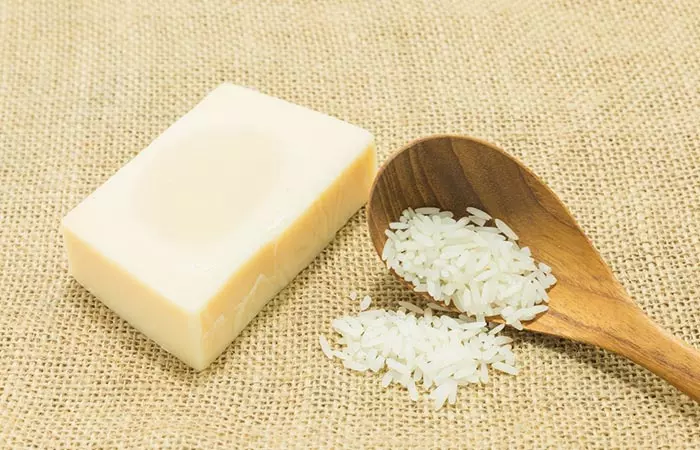
You Will Need
- 4 tablespoons of rice milk
- 1 tablespoon of shea butter
- 1 tablespoon of sweet almond oil
- 2 drops of lavender essential oil (optional)
- 2 drops of peppermint essential oil (optional)
- A cup of clear, melt and pour soap base
Method
- Melt the soap base (if you are using a bar) in the microwave. You may also follow the double boiler method.
- Add all the ingredients (except the essential oils) and mix gently.
- Once the mixture has cooled down a bit, add the essential oils and mix again.
- Pour the mixture into a mold. Let it cure in a cool and dry place for at least a day.
- Remove the soap from the mold and use it.
You may experiment with different essential and carrier oils when preparing this chemical-free and cruelty-free soap.
 Trivia
TriviaUsing homemade rice milk soap has many benefits. Let’s find out in the next section.
Benefits Of Rice Milk Soap
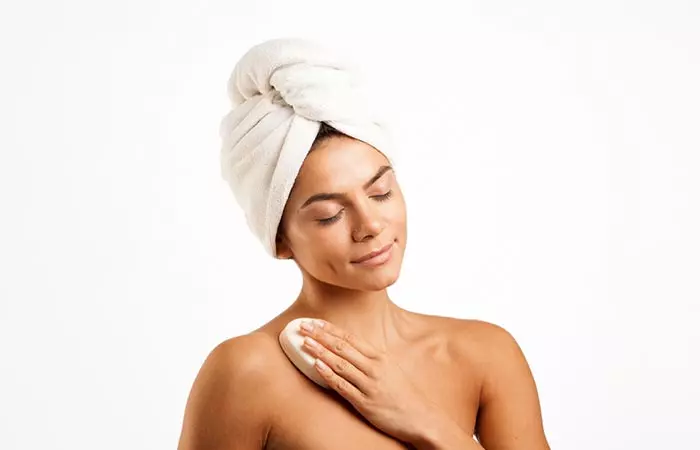
If you look through your skin care products, you will invariably find rice milk as one of the active ingredients in them. However, no scientific evidence supports their role in skin care products. Read on to know about rice milk soap benefits:
- Rice milk imparts a whitening, brightening, and revitalizing effect on the skin
- It leaves a gentle glow on your face and provides anti-aging benefits. Another option for anti-aging care is goat milk. Goat milk soap benefits include supporting skin rejuvenation.
- It helps to even your skin tone when used regularly
- It helps lighten scars and other dark spots on your face
- It makes for a good skin moisturizing and hydrating agent
- It seals your skin with good moisture and helps eliminate excess oil secretion
- When combined with honey, rice milk offers calming properties. It can leave your skin soft, smooth, and supple. For a similar moisturizing effect, you might also be interested in the benefits of milk and honey masks. These masks provide deep hydration and nourishment to the skin.
- Mix rice milk with almond paste to make an effective body scrub. Alternatively, you can mix it with gram flour for gentle cleansing and exfoliating the skin. You can also explore rice flour for skin. It can be used in various DIY masks and scrubs for a natural exfoliating boost.
- Rice milk cures dark lips, if you use it regularly
- It provides a soothing effect from sunburns
- Mix rice milk with turmeric powder. You can use this antioxidant mix as a toner for radiant complexion
Julianna Henricus, a YouTuber, shared her experience of using a rice milk soap bar in her vlog. She emphasized that the soap is not meant to lighten the skin but rather to cleanse and refresh it. Also, she found the soap to be mild and not stripping, leaving her skin feeling fresh and clean. She said,” It is just a cleanser but it was really mild I was not expecting it from this soap, so if you have not tried it, I would highly recommend giving it a try and you will see the results for yourself(i).”
Rice milk soap is crafted from gentle, natural ingredients that are kind to the skin. Free from harsh chemicals, it offers a more eco-friendly skin care option. The blend of rice milk and natural oils helps nourish your skin, reducing the chance of irritation or allergies while providing adequate care. Additionally, rice soap may have some perks for those with oily skin. Learn more about those advantages below.
Is Rice Soap Good For Oily Skin
Rice soap has garnered attention as a potentially effective solution for managing oily skin. Its components, rice bran oil and rice water, have been shown to provide skin care advantages that may benefit those with oily skin. Rice bran oil is known for its high antioxidant content, including tocopherols and oryzanol, that may help safeguard the skin against oxidative damage and maintain its overall health (4). Additionally, rice water benefits include regulating sebum production. This is because it contains compounds like inositol that is a key factor in controlling excess oil on the skin (5). While these potential benefits are promising, it is important to note that skincare is a highly individualized matter. Therefore, it is advised to consult with a dermatologist to determine the most suitable regimen for addressing oily skin concerns.
Infographic: Important Benefits Of Using Rice Milk Soap On Your Skin
Rice milk soap made from natural ingredients benefits your skin in multiple ways. It has a skin-lightening effect. It also moisturizes the skin and leaves it feeling supple and soft. In addition, rice milk soap can be used as a gentle scrub. It also soothes skin from sunburns. This soap can effectively even the skin tone and manage dark spots if regularly included in the skin care regime. You can also prepare rice milk soap at home with simple ingredients. These soaps can be effective substitutes for regular soaps.
Some thing wrong with infographic shortcode. please verify shortcode syntaxRice milk soap benefits your skin in multiple ways. It has a skin-lightening effect. It also moisturizes the skin and leaves it feeling supple and soft. In addition, rice milk soap can be used as a gentle scrub. It also soothes skin from sunburns. This soap can effectively even the skin tone and manage dark spots if regularly included in the skin care regime. You can also prepare rice milk soap at home with simple ingredients. These soaps can be effective substitutes for regular soaps.
Frequently Asked Questions
How do you use rice soap on your face?
You can massage the rice soap gently on your face for 2 to 3 minutes and wash it off properly. After cleansing, follow up with a good moisturizer to boost hydration and help protect your skin’s natural barrier. This combination will keep your skin feeling soft and nourished throughout the day.
Is rice milk soap good for acne?
There is currently no scientific evidence that suggests that rice milk soap has non-comedogenic properties or is suitable for acne-prone skin.
Is rice milk soap good for sensitive skin?
The anti-inflammatory properties of rice milk may help treat sensitive skin. However, there is limited research in this regard.
Illustration: Wonderful Benefits Of Rice Milk Soap For Your Skin
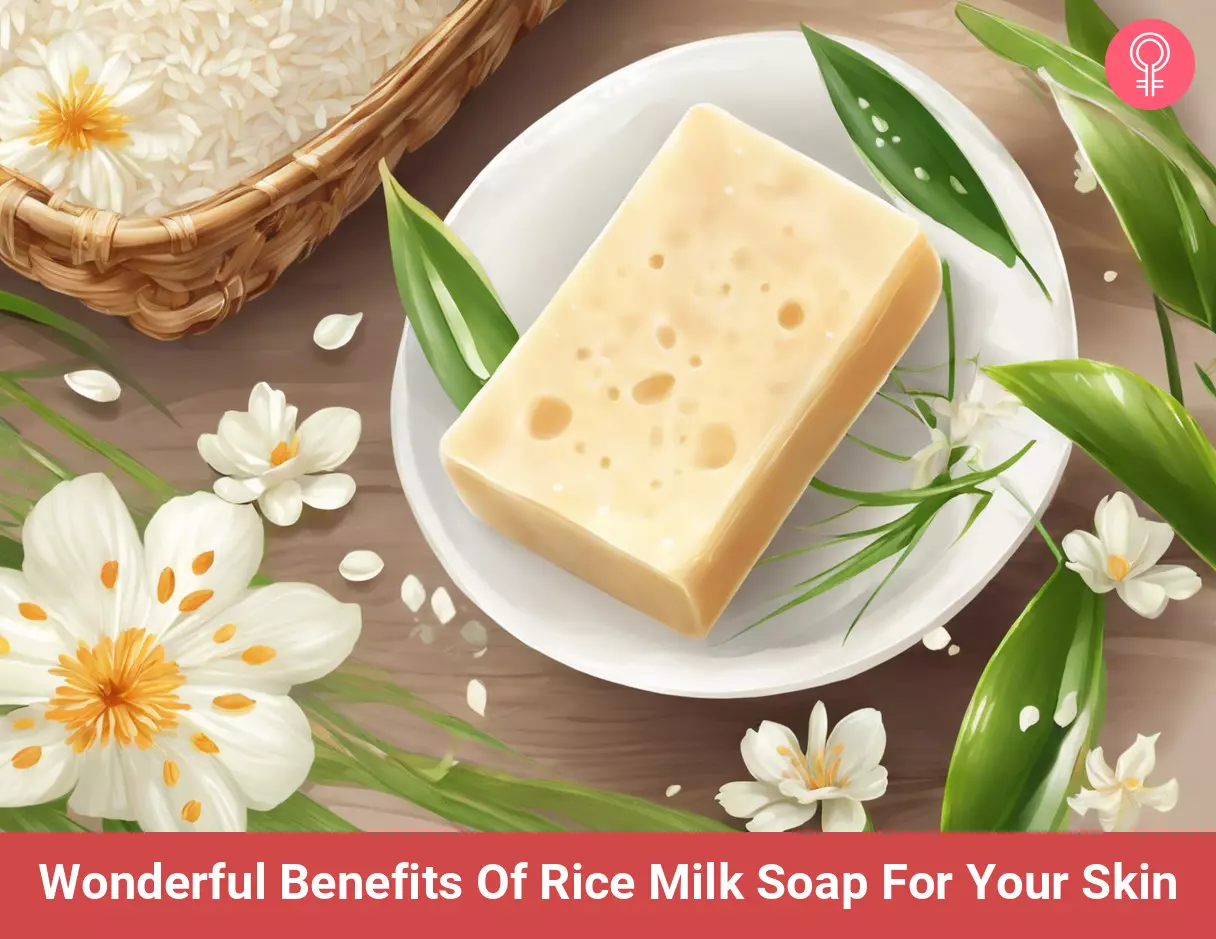
Image: Stable Diffusion/StyleCraze Design Team
Watch this video to learn how to make all natural rice milk soap. It features an easy-to-follow tutorial that teaches you how to create a luxurious soap that is gentle on your skin and will leave it soft and supple.
Personal Experience: Source
StyleCraze's articles are interwoven with authentic personal narratives that provide depth and resonance to our content. Below are the sources of the personal accounts referenced in this article.
i. JAM rice milk soap review | does it make your skin brighter and whiter???https://www.youtube.com/watch?v=D1n1paVhUvM
References
Articles on StyleCraze are backed by verified information from peer-reviewed and academic research papers, reputed organizations, research institutions, and medical associations to ensure accuracy and relevance. Read our editorial policy to learn more.
- Antioxidant activities and skin hydration effects of rice bran bioactive compounds entrapped in niosomes
https://pubmed.ncbi.nlm.nih.gov/21449379/ - Black rice (Oryza sativa L.) extract modulates ultraviolet-induced expression of matrix metalloproteinases and procollagen in a skin cell model
https://pubmed.ncbi.nlm.nih.gov/29484380/ - Effect of rice starch as a bath additive on the barrier function of healthy but SLS-damaged skin and skin of atopic patients
https://pubmed.ncbi.nlm.nih.gov/12353708/ - Natural Melanogenesis Inhibitor, Antioxidant, and Collagen Biosynthesis Stimulator of Phytochemicals in Rice Bran and Husk Extracts from Purple Glutinous Rice (Oryza sativa L. cv. Pieisu 1 CMU) for Cosmetic Application
https://www.ncbi.nlm.nih.gov/pmc/articles/PMC9962111/ - The Effects of Inositol Extracted from Rice on the Skin
https://www.researchgate.net/publication/264062918_The_Effects_of_Inositol_Extracted_from_Rice_on_the_Skin
Read full bio of Dr Jovana Majstorovic
Read full bio of Tanya Choudhary
Read full bio of Ravi Teja Tadimalla
Read full bio of Moksha Gandhi





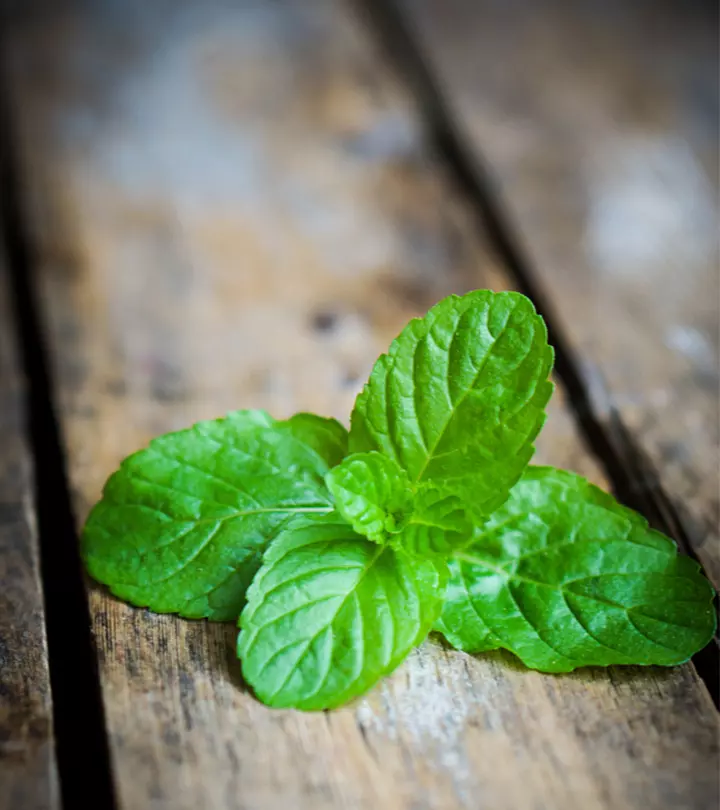
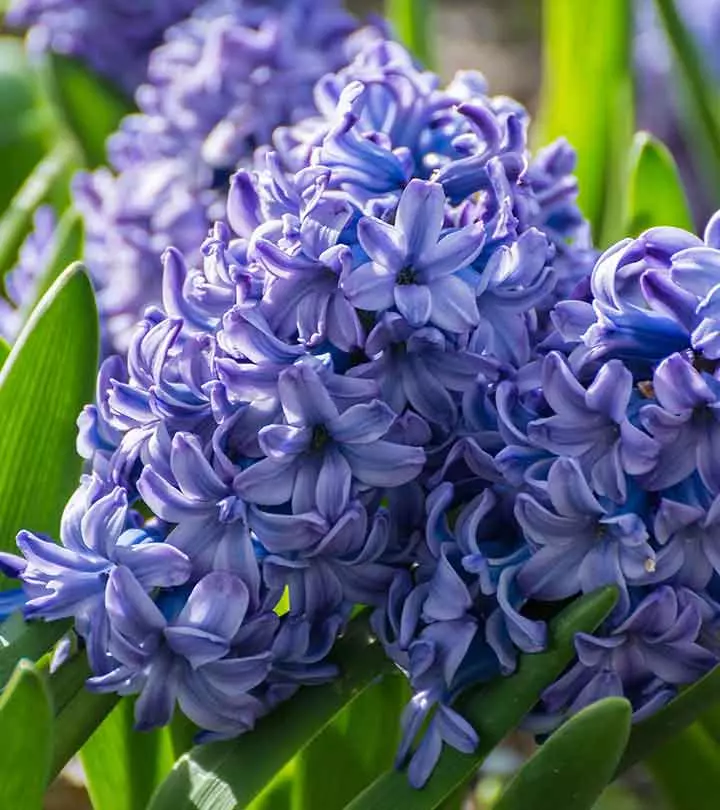

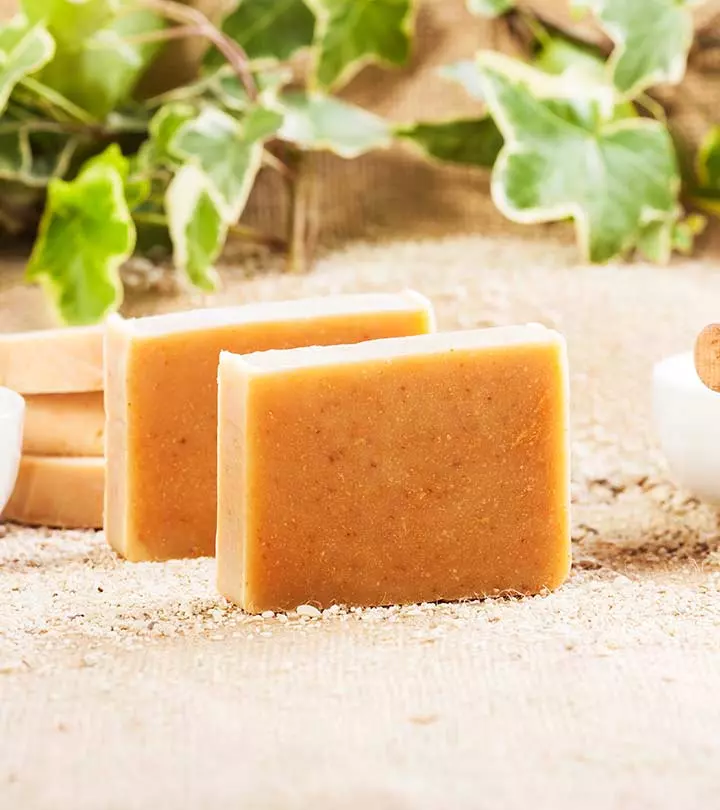
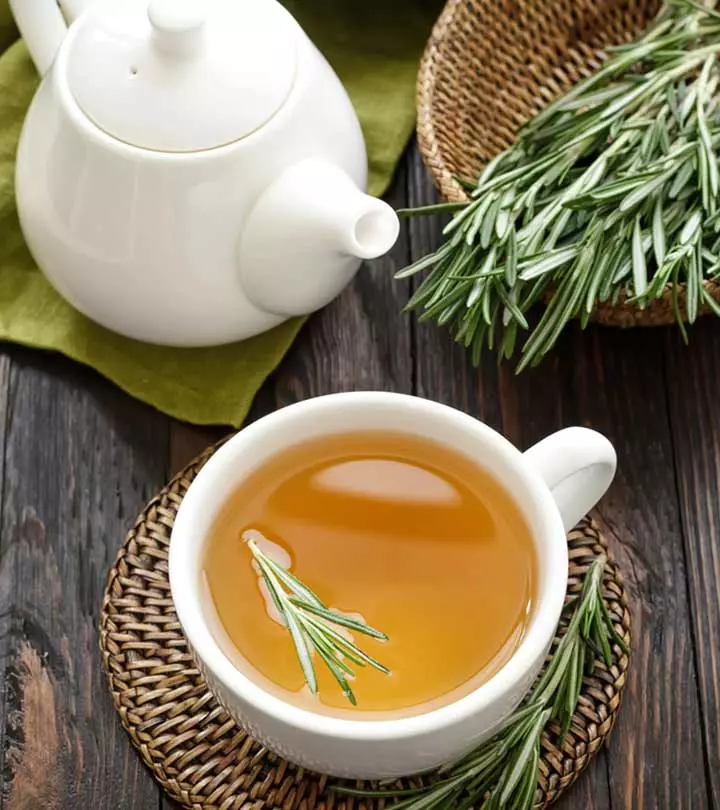
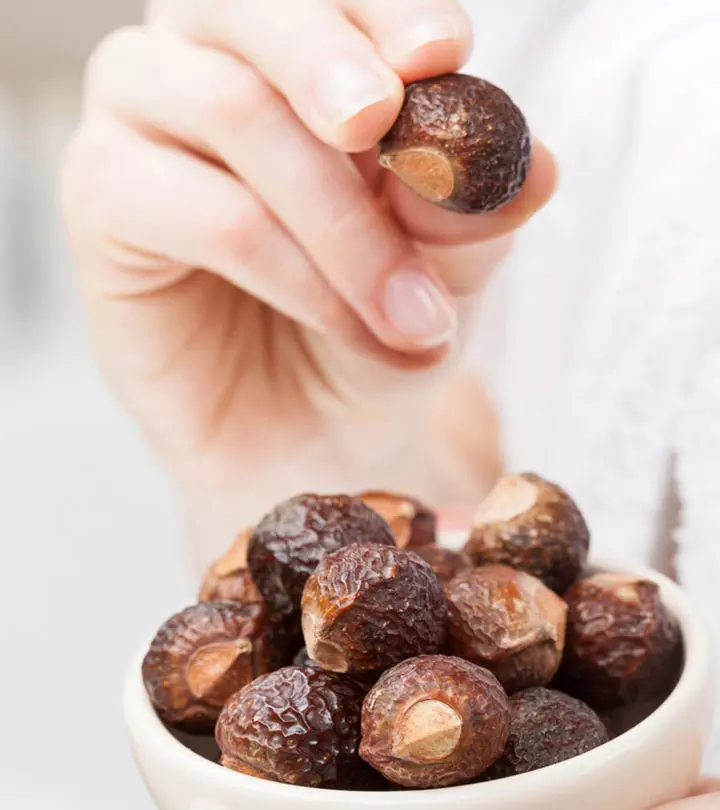



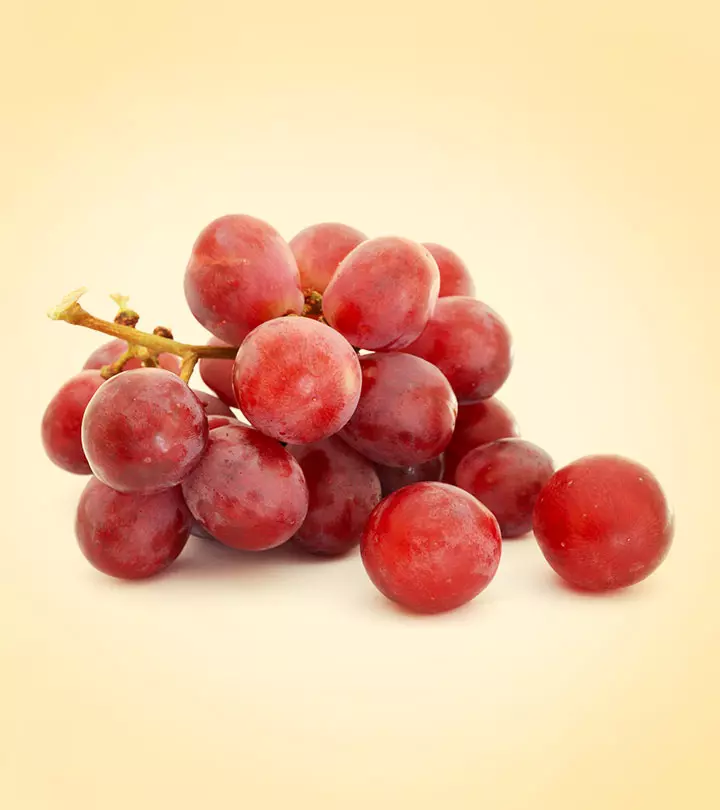
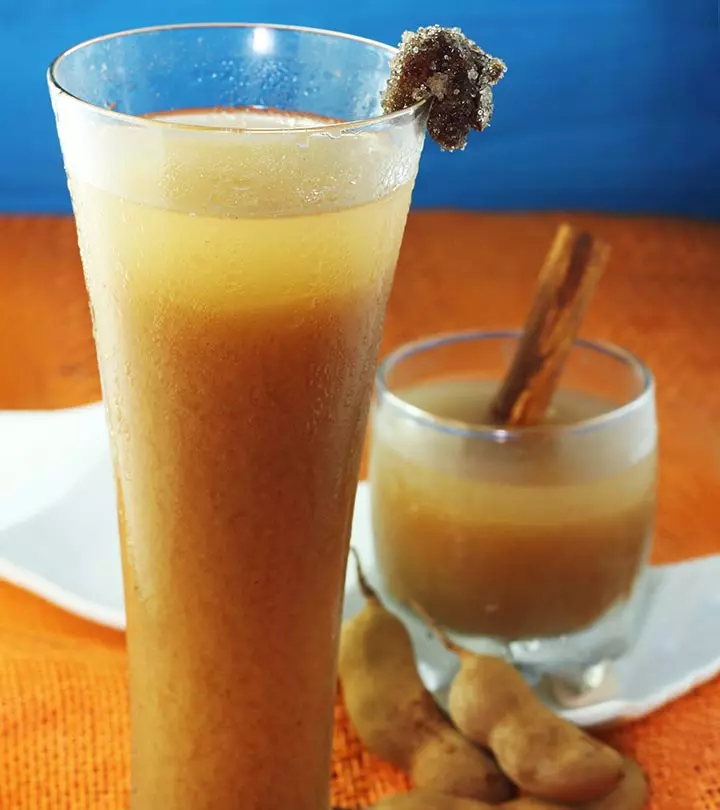


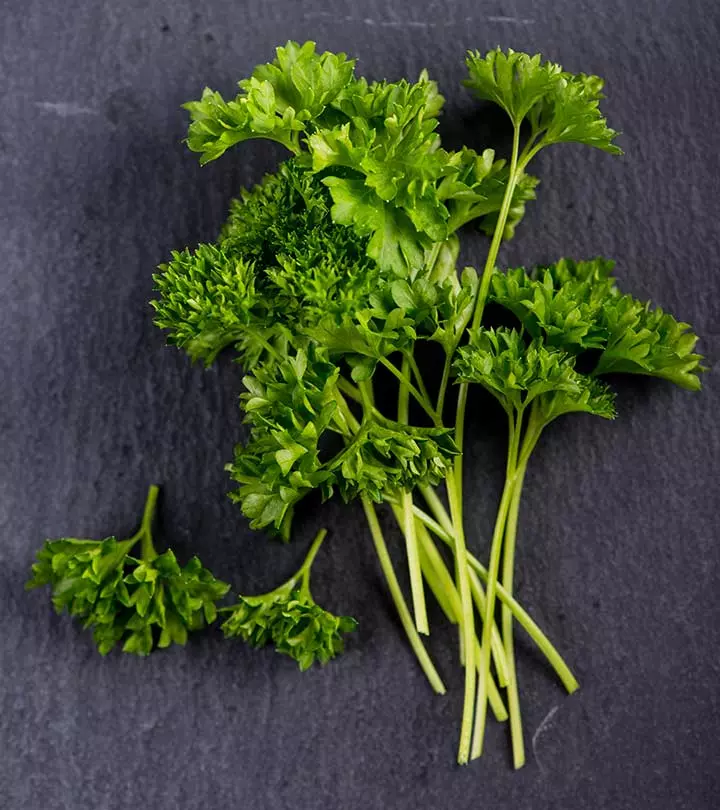

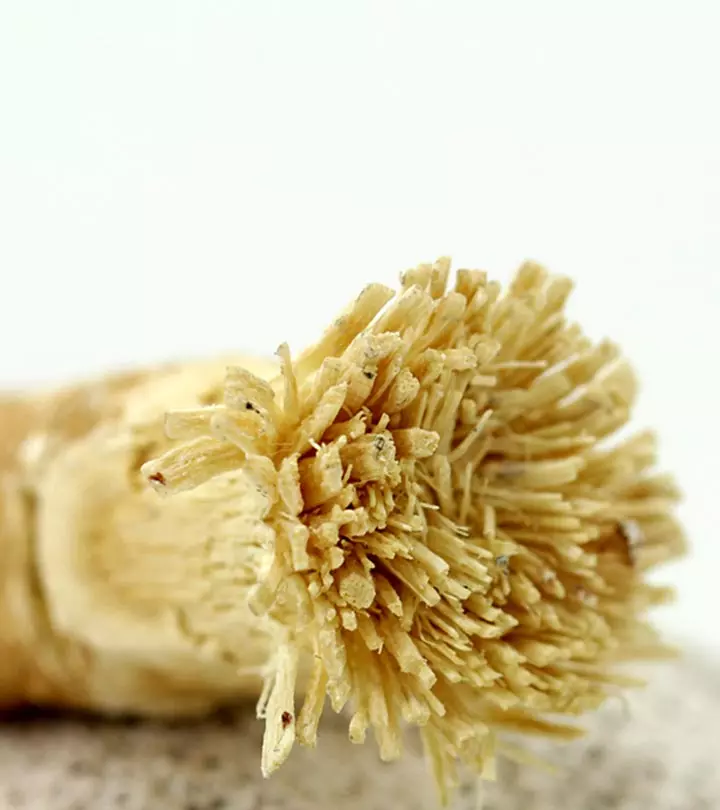


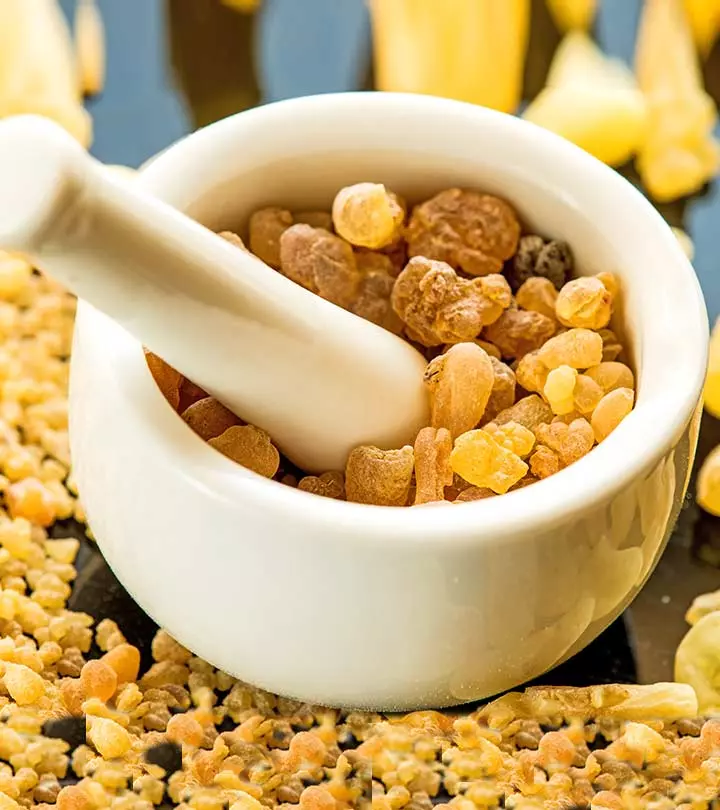

Community Experiences
Join the conversation and become a part of our empowering community! Share your stories, experiences, and insights to connect with other beauty, lifestyle, and health enthusiasts.